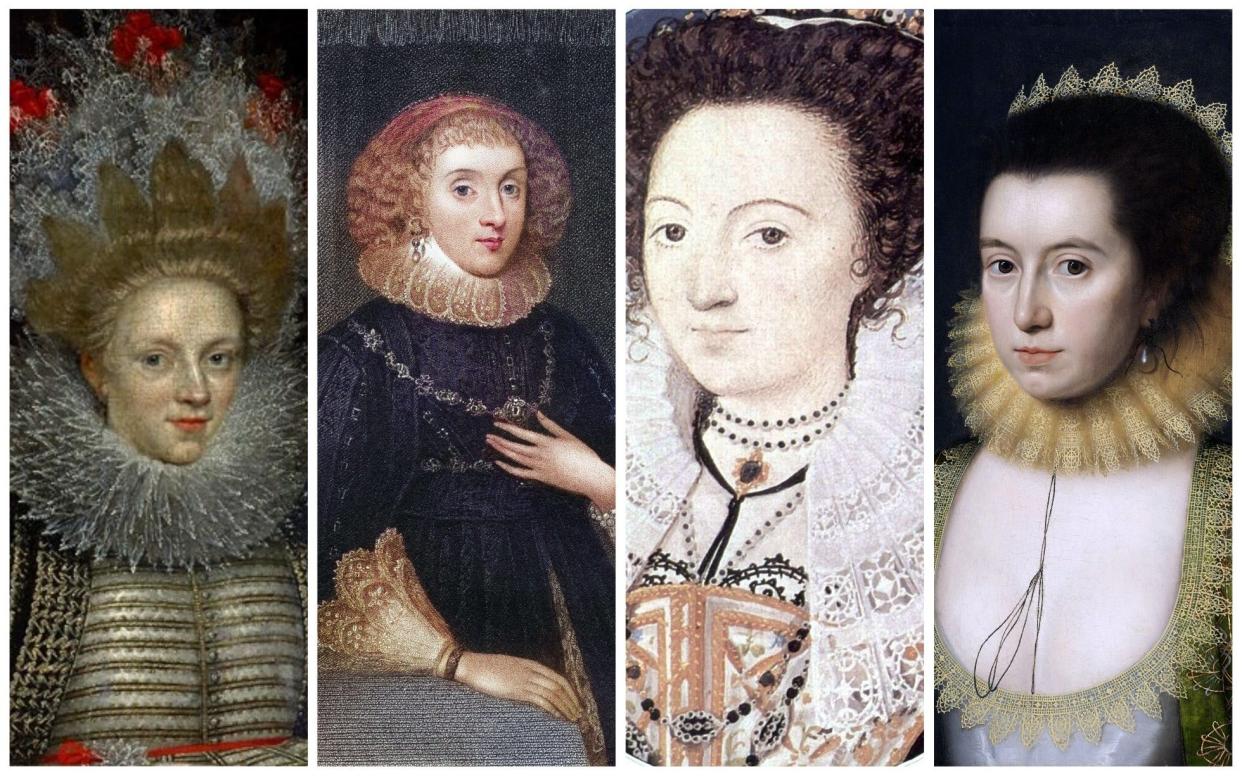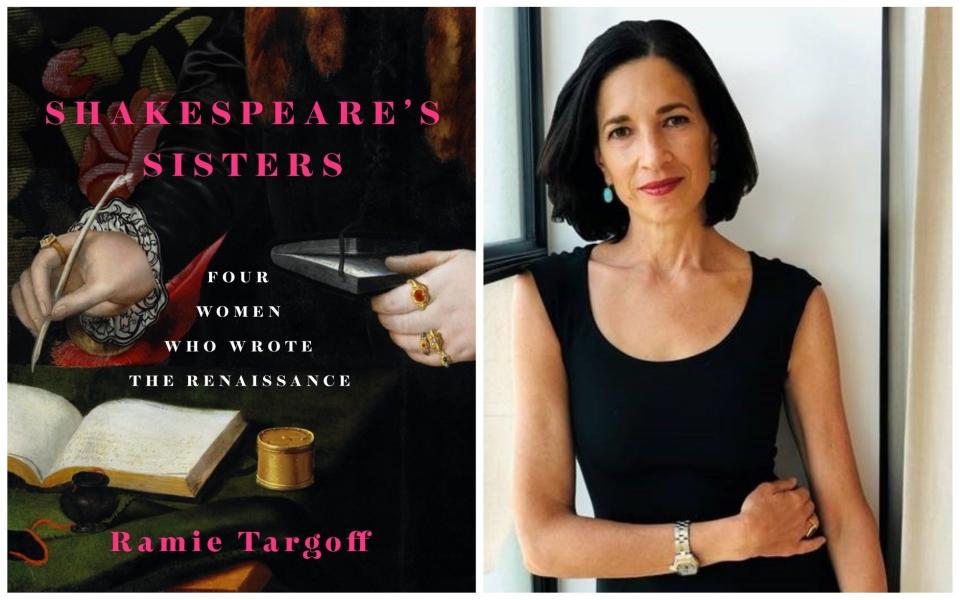The great, forgotten female writers of Shakespeare’s lifetime

- Oops!Something went wrong.Please try again later.
- Oops!Something went wrong.Please try again later.
- Oops!Something went wrong.Please try again later.
- Oops!Something went wrong.Please try again later.
“Any woman born with a great gift in the sixteenth century would have certainly gone crazed, shot herself, or ended her days in some lonely cottage outside the village, half witch, half wizard, feared and mocked at”, wrote Virginia Woolf in her 1929 essay “A Room of One’s Own”. When discussing women’s intellectual freedom, Woolf imagined the horrors of the lives that came before her, curtailed by the constraints of gender. Her primary example was fictional: she imagined Judith, Shakespeare’s sister, who had all of the playwright’s talent and none of his opportunities. Naturally, Woolf argued, she would have met a rather grisly end.
Ramie Targoff – a Professor of Humanities at Brandeis University – may have borrowed the title of her thrilling new group biography, Shakespeare’s Sisters, from Woolf, but her approach is remarkably different: instead of turning to an imagined writer, she celebrates four very real Renaissance women who made use of their pens.
Targoff writes that she made it through an undergraduate degree and a PhD without mention of any female early modern authors – but women writers did not just appear in the 19th century, with the advent of Jane Austen or the Brontës. As Targoff notes, there was a “small but not insignificant group” of female Renaissance writers who “wrote works of poetry, history, religion, and drama when none was encouraged from their kind”. For these women, “writing was their life force”.
One was Mary Sidney, Countess of Pembroke (1561-1621). Mary is more commonly written about as a result of her male relations: she was the sister of the sonneteer Sir Philip Sidney, the wife of a powerful Earl, and the mother of the two men to whom Shakespeare’s First Folio was dedicated. In Targoff’s biography, however, Mary’s own achievements are foregrounded.
After an education, of sorts, as a maid of honour to Elizabeth I, Mary turned her hand to writing. In the wake of her brother’s death, she edited, and completed, his metrical translation of the Psalms. Where he had written 43, she completed the further 107 and used no fewer than “128 different combinations of stanza and meter”. Working with translations in Latin and French, she transformed the liturgy of the psalter into a sophisticated work of original literature. Moreover, she gave the psalms a feminine perspective: her poems include domestic scenes; asides about childbirth and homesick daughters.

Aemilia Lanyer (1569–1645) came from the opposite end of the social scale – her father and husband were both court musicians, and she grew up in east London – but she didn’t let her status prevent her from writing. Her 1611 book, Salve Deus Rex Judaeorum, was the earliest book of original poetry published by a woman in England, and also, to Targoff, “arguably England’s first book of feminist poetry”. In its pages, Lanyer re-wrote biblical history from a women’s perspective, arguing that “if men are sinful enough to crucify their saviour”, then they should have no dominion over women.
Lanyer’s volume was replete with dedications to possible female patrons, one of whom was Anne Clifford (1590-1676): a master diary-writer, and Targoff’s third subject. Clifford’s early life was one of wealth and splendour – her father was the owner of a “staggering” number of castles and manors. Yet her father disinherited his daughter (and only surviving child) in favour of his brother. Anne spent the rest of her life trying to fight this. Her diaries (later published by Vita Sackville-West) provide a fascinating insight into her life, and the very fact of their existence – “the idea of keeping track of her life in this way” – was “highly unusual, if not unprecedented, for a young woman at the time”.
Targoff’s fourth subject, Elizabeth Cary (1585–1639), is no less trailblazing. Her play, The Tragedy of Mariam, “was the first original play to be published by a woman in England”. But, once again, Targoff doesn’t just rely on accidents of bibliographic fact for her narrative: she opens up the play for her readers, explaining why this drama about Herod’s wife was so important. It “bravely affirms a woman’s right to follow her own conscience… at whatever cost” – an principle Cary followed in her own life. While her husband, Henry, was in charge of enforcing “Irish conformity to the Protestant church”, Cary scandalously converted to Catholicism.
With fluid prose, Targoff braids these four biographies to give an outstanding revisionist portrait of an age. She catalogues the difficulties these women faced – from lack of education, to extreme poverty, to obstreperous husbands – but the overall picture is not one, like Woolf imagined, of depression and madness. Targoff’s re-written Renaissance is one in which women’s lives are not relegated; where their voices are heard on the page.
Francesca Peacock is the author of Pure Wit: The Revolutionary Life of Margaret Cavendish. Shakespeare’s Sisters is published by Riverrun at £25. To order your copy for £19.99 call 0844 871 1514 or visit Telegraph Books

